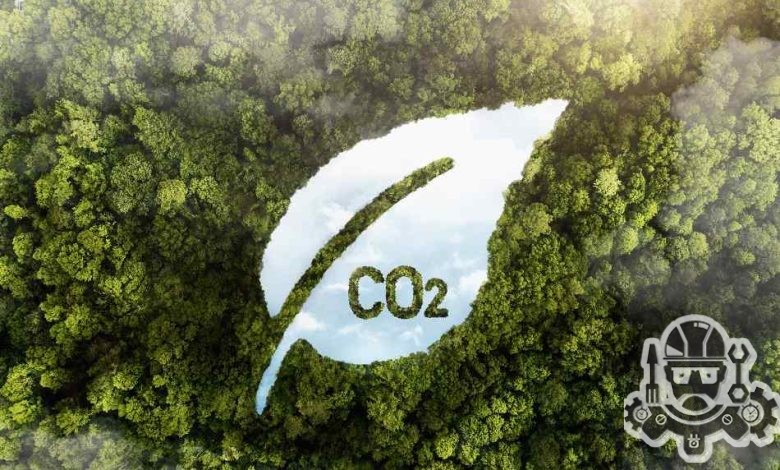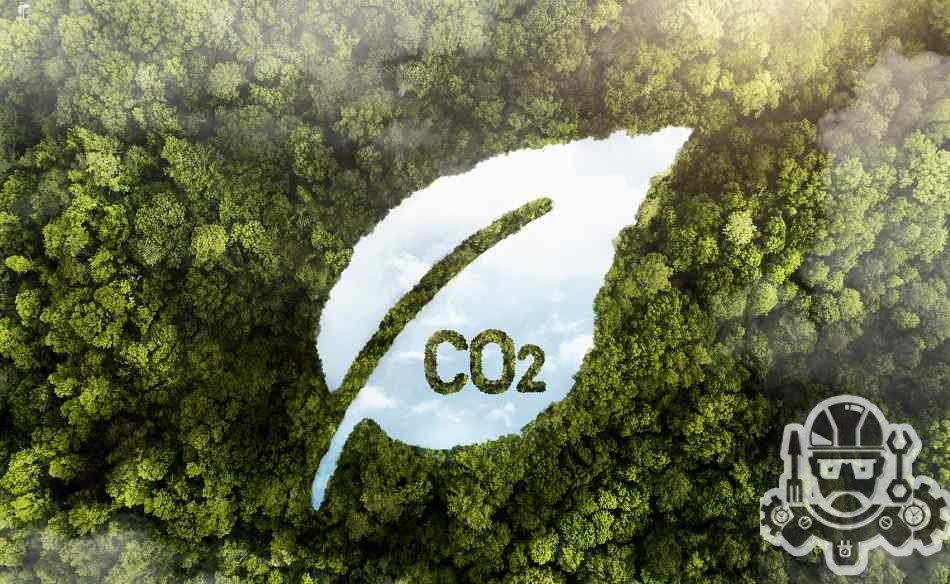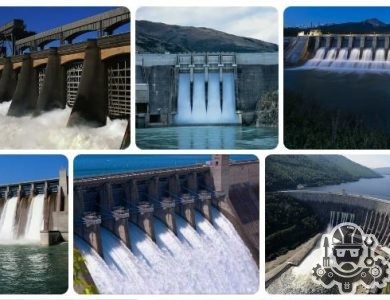Understanding The Carbon Emission Problem

Carbon emissions are a pressing issue that has gained significant attention in recent years due to its detrimental effects on the environment. Carbon emissions refer to the release of carbon dioxide and other greenhouse gases into the atmosphere, primarily as a result of human activities. These emissions arise from various sources such as burning fossil fuels for energy production, deforestation, and industrial processes. The accumulation of carbon emissions in the atmosphere leads to the enhanced greenhouse effect, trapping heat and causing global warming. It is essential to comprehend the carbon emission problem and its implications to address this global challenge effectively.
One of the key factors contributing to carbon emissions is the burning of fossil fuels for energy generation. Fossil fuels, including coal, oil, and natural gas, play a significant role in powering industries, transportation, and residential sectors. When these fuels are burned, carbon dioxide is released into the atmosphere. This process is a major driver of climate change and accounts for a significant portion of global carbon emissions.
- Deforestation
Another significant contributor to carbon emissions is deforestation. Forests act as carbon sinks, absorbing carbon dioxide through the process of photosynthesis. However, rampant deforestation practices, driven by activities such as agriculture expansion and logging, lead to the release of stored carbon. The loss of forests not only reduces the Earth’s capacity to absorb carbon emissions but also results in increased greenhouse gas concentrations in the atmosphere.
Industrial processes also play a crucial role in carbon emissions. Various industrial activities, such as cement production, chemical manufacturing, and metal refining, release significant amounts of carbon dioxide and other greenhouse gases. These emissions occur during the combustion of fossil fuels for energy, as well as through chemical reactions that produce carbon dioxide as a byproduct.
| Causes of Carbon Emission | Examples |
|---|---|
| Burning fossil fuels | Coal-fired power plants |
| Deforestation | Conversion of forests for agriculture |
| Industrial processes | Chemical manufacturing |
In conclusion, understanding the carbon emission problem is crucial in addressing the challenges posed by climate change. Carbon emissions arise from various sources, including the burning of fossil fuels, deforestation, and industrial processes. These emissions contribute to the enhanced greenhouse effect, leading to global warming and its adverse effects on the environment. It is imperative to take effective measures to reduce carbon emissions and transition towards more sustainable practices to mitigate the impacts of climate change.
Contents
Causes Of Carbon Emission
Carbon emissions are a major contributor to climate change and are primarily caused by human activities. Understanding the causes of carbon emission is crucial in order to effectively address this issue and work towards reducing greenhouse gas emissions. There are several factors that contribute to carbon emissions and it is important to identify and mitigate them in order to protect our environment.
One of the major causes of carbon emission is the burning of fossil fuels. Fossil fuels such as coal, oil, and natural gas are widely used for transportation, electricity generation, and industrial processes. When these fuels are burned, they release carbon dioxide (CO2) and other greenhouse gases into the atmosphere. The combustion of fossil fuels is a major source of carbon emissions and is responsible for a significant portion of global greenhouse gas emissions.
In addition to burning fossil fuels, deforestation is another significant cause of carbon emission. Trees absorb CO2 from the atmosphere and store it in their biomass. When forests are cleared for agriculture, urbanization, or logging, the carbon stored in trees is released back into the atmosphere. Deforestation not only contributes to carbon emissions but also reduces the planet’s capacity to absorb CO2 and mitigate climate change.
The agricultural sector is also a major contributor to carbon emissions. The production of livestock, particularly cattle, generates large amounts of methane (CH4), a potent greenhouse gas. Methane is released during the digestive processes of ruminant animals and through the decomposition of organic waste in landfills. Additionally, the use of synthetic fertilizers in agriculture releases nitrous oxide (N2O), another powerful greenhouse gas.
- Burning of fossil fuels
- Deforestation
- Agricultural activities (livestock production, use of synthetic fertilizers)
| Causes of Carbon Emission |
|---|
| Burning of fossil fuels |
| Deforestation |
| Agricultural activities (livestock production, use of synthetic fertilizers) |
Impact Of Carbon Emission On The Environment

The impact of carbon emission on the environment is a growing concern in today’s world. Carbon emissions, primarily in the form of carbon dioxide (CO2), are released into the atmosphere through various human activities such as burning fossil fuels for energy, industrial processes, and deforestation. These emissions contribute to the greenhouse effect, trapping heat in the atmosphere and leading to global warming.
One of the major consequences of carbon emission is climate change. As the global temperature rises due to the increasing concentration of greenhouse gases, we witness a range of environmental impacts. Rising sea levels, melting glaciers, and extreme weather events such as hurricanes and droughts are becoming more frequent and intense.
Beyond climate change, carbon emissions also have direct implications for ecosystems and biodiversity. The acidification of oceans caused by increased CO2 levels leads to the bleaching of coral reefs and the disruption of marine food chains. Deforestation, often associated with carbon-intensive activities, not only releases carbon into the atmosphere but also destroys habitats and threatens the survival of numerous plant and animal species.
Effective Measures To Reduce Carbon Emission
Carbon emission has become a pressing concern in today’s world, as it contributes significantly to global warming and climate change. To combat this issue, it is essential to take effective measures to reduce carbon emission. By implementing sustainable practices and adopting eco-friendly alternatives, we can minimize our carbon footprint and protect the environment for future generations.
One of the most effective measures to reduce carbon emission is by promoting the use of renewable energy sources. Renewable energy, such as solar power and wind energy, offers a clean and sustainable alternative to fossil fuels. By investing in renewable energy infrastructure and encouraging its use at both domestic and industrial levels, we can significantly reduce carbon dioxide (CO2) emissions, as these sources do not release harmful greenhouse gases.
Another important step towards reducing carbon emission is improving energy efficiency. Energy-efficient practices involve using appliances, vehicles, and buildings that consume less energy. For instance, replacing traditional incandescent light bulbs with energy-efficient LED bulbs can reduce electricity consumption by up to 80%. Similarly, opting for hybrid or electric vehicles instead of conventional gasoline-powered cars can significantly lower carbon emissions in the transportation sector.
- Switch to energy-efficient appliances and LED lighting.
- Opt for hybrid or electric vehicles.
- Improve insulation in homes and buildings.
Furthermore, reducing deforestation and promoting afforestation are crucial steps in curbing carbon emissions. Trees play a vital role in absorbing CO2 from the atmosphere and releasing oxygen through the process of photosynthesis. By preserving existing forests and planting new trees, we can increase carbon sequestration and help mitigate the impacts of climate change.
| Effective Measures to Reduce Carbon Emission: |
|---|
| 1. Promote the use of renewable energy |
| 2. Improve energy efficiency |
| 3. Reduce deforestation and promote afforestation |
In addition to these measures, public awareness and education about the impact of carbon emission on the environment are essential. By spreading knowledge and encouraging sustainable lifestyle choices, we can create a collective effort to reduce carbon emissions. Governments, businesses, and individuals must collaborate to implement these measures on a larger scale and make a significant difference in combating climate change.
It is important to remember that every individual’s efforts count in the fight against carbon emission. By adopting these effective measures and making sustainable choices in our daily lives, we can contribute towards building a cleaner and greener future.
Carbon emissions are caused by burning fossil fuels such as coal, oil, and natural gas for electricity, transportation, and industrial processes. Deforestation and industrial activities also contribute to carbon emissions.
Carbon emissions contribute to global warming and climate change. They trap heat in the atmosphere, leading to rising temperatures, melting ice caps, sea level rise, and extreme weather events. Carbon emissions also contribute to air pollution and negative health effects.
To reduce carbon emissions, individuals can conserve energy by using energy-efficient appliances, reducing their use of cars or opting for electric vehicles, and practicing sustainable habits such as recycling. Industries can switch to renewable energy sources, implement energy-efficient technologies, and adopt carbon capture and storage methods.
To reduce carbon emissions in transportation, individuals can choose public transportation, carpool, bike, or walk whenever possible. Alternatively, they can opt for electric or hybrid vehicles and utilize fuel-efficient driving techniques.
Reducing carbon emissions can significantly mitigate the effects of climate change, leading to a healthier environment and improved air quality. It can also promote the development of clean and renewable energy sources, create green jobs, and improve overall sustainability.
Deforestation contributes to carbon emissions as trees absorb carbon dioxide and store it in their tissues. When forests are cleared or burned, the stored carbon is released into the atmosphere, adding to the overall carbon dioxide levels.
Individuals can reduce carbon emissions by conserving energy at home, using energy-efficient appliances, supporting renewable energy sources, reducing waste, and adopting sustainable practices such as composting and planting trees.



